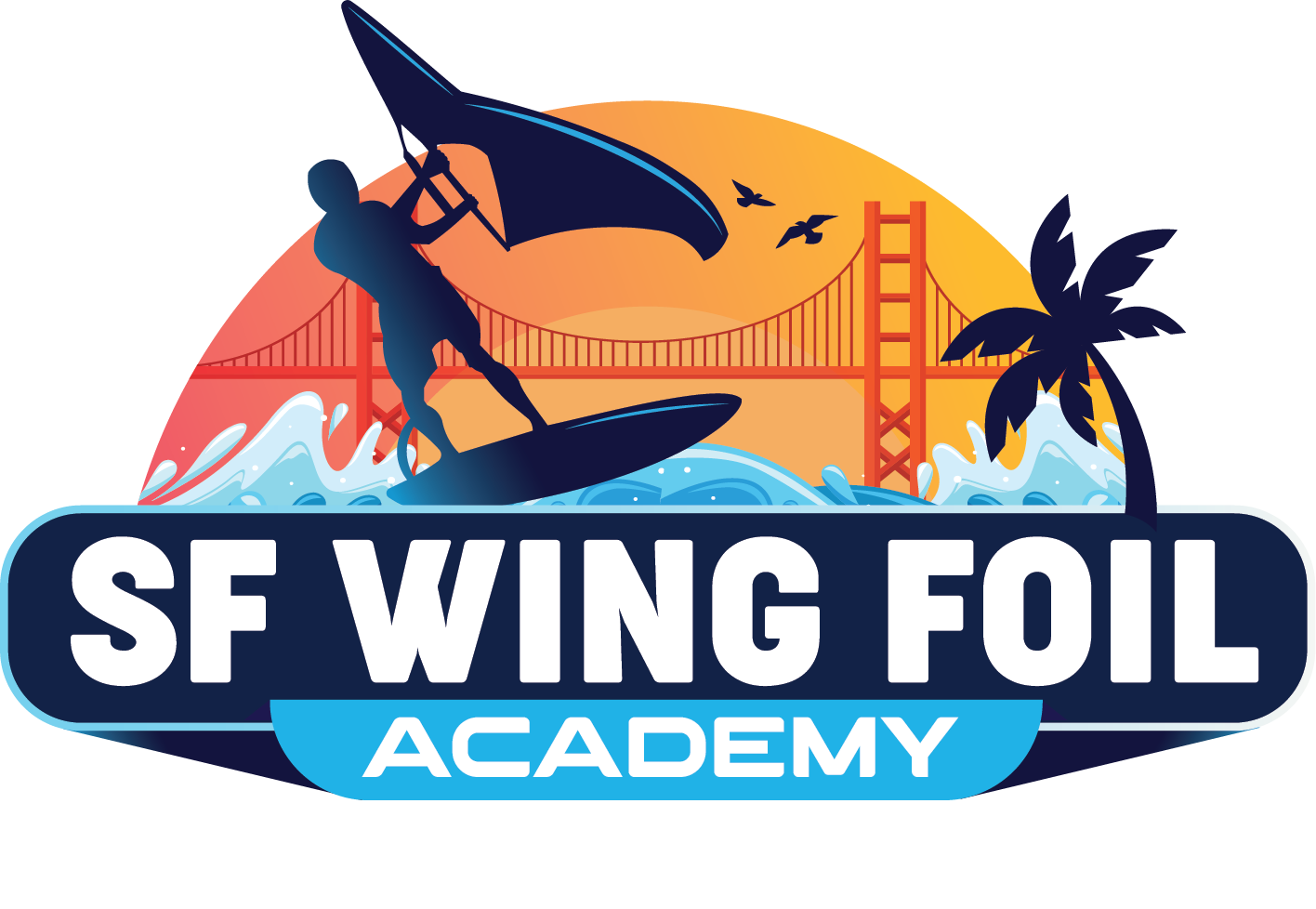For many wingfoilers looking curiously at parawinging’s growing popularity, the burning question is simple: “How hard will it be for me to learn this new sport?” As someone already comfortable with a foilboard underfoot and familiar with harnessing wind power, you’ve got a significant head start—but parawinging introduces new elements that require adaptation. Let’s break down what wingfoilers can expect when transitioning to this emerging discipline.
Your Wingfoiling Advantage
As a wingfoiler, you’ve already mastered some of the hardest parts of water sports:
- You understand foil dynamics and how to control a board that wants to fly
- You’ve developed the balance needed for foiling
- You have a fundamental grasp of wind awareness and positioning
- You’re accustomed to the coordination required to manage both a wing and a board
These skills provide an excellent foundation for parawinging, potentially cutting your learning curve in half compared to complete beginners.
The Key Differences You’ll Need to Master
1. Harness vs. Hand-held Power Management
The most significant adjustment comes from how power is delivered. While wingfoiling puts all control in your hands, parawinging transfers much of this power through a harness system. This means:
- Learning to feel and respond to power through your core rather than your arms
- Adjusting to less immediate power sheeting (power adjustment isn’t quite as instantaneous)
- Developing different body positions to maximize efficiency
For many wingfoilers, this shift feels strange initially but becomes second nature after 2-3 sessions. Most report that while it feels foreign, it’s not necessarily harder—just different.
2. Launch and Landing Dynamics
Parawings require slightly different techniques for launching and landing:
- The larger wing profile catches more wind during setup
- Line management adds a layer of complexity
- Launch zones become more important due to larger turning radius
However, your existing wind knowledge will help you quickly adapt to these differences. Expect 1-2 sessions of somewhat awkward launches before finding your rhythm.
3. Different Riding Technique
Your riding stance and weight distribution will need adjustment:
- More weight in the harness requires different counterbalancing
- The connection points change your center of gravity
- Turning techniques involve a combination of wing steering and board pressure
Most wingfoilers report that basic riding in parawinging comes quickly (often within the first session), but advanced maneuvers require more dedicated practice.
Realistic Learning Timeline for Wingfoilers
Based on feedback from those who’ve made the transition:
First Session: Getting up and riding in straight lines, likely with some unexpected crashes as you adjust to harness power delivery.
Sessions 2-3: Becoming comfortable with basic turns and power management. Launches and landings become more confident.
Sessions 4-6: Developing comfort in more varied conditions. Beginning to experiment with more dynamic riding styles.
Sessions 7-10: Achieving comparable competence to your wingfoiling level, with the ability to ride comfortably in most conditions.
This timeline is considerably shorter than learning either sport from scratch, which typically requires 10-15 sessions to reach basic competence.
Equipment Considerations That Speed Learning
Your transition will be smoothest if you:
- Start with a slightly larger board than your wingfoiling board (+10-15 liters)
- Use a foil you’re already familiar with
- Begin with a smaller parawing than recommended for your weight
- Consider taking a lesson specific to the transition, even if you’re self-taught in wingfoiling
Many shops now offer “transition packages” specifically designed for wingfoilers moving to parawinging, with equipment selected to leverage your existing skills.
The Mental Adjustment
Perhaps the biggest challenge isn’t technical but psychological. Many wingfoilers report feeling like beginners again after becoming proficient in their original sport. The key to a smooth transition is:
- Embracing the learning process rather than expecting immediate mastery
- Recognizing that some awkwardness is normal during the adaptation phase
- Giving yourself permission to start with easier conditions than you’d choose for wingfoiling
Is It Worth Learning?
The consensus among water sports enthusiasts who’ve added parawinging to their quiver is overwhelmingly positive. Most report that:
- The learning process is enjoyable rather than frustrating
- Having both options expands their range of rideable conditions
- The reduced arm fatigue allows for longer sessions
- The transition happens quickly enough to be worthwhile
Many wingfoilers find that rather than replacing their original sport, parawinging complements it perfectly—offering an alternative for different conditions or when they want a change of pace.
The Bottom Line
If you’re a competent wingfoiler wondering about parawinging, the transition process is significantly easier than learning either sport from scratch. Most of your fundamental skills will transfer, with the primary adjustment being how you manage power through the harness versus your hands.
With a realistic expectation of 5-10 sessions to feel comfortable, the barrier to entry is low enough that it’s worth trying—especially if you’re interested in reducing arm fatigue or expanding your light wind capabilities. Your wingfoiling experience gives you a substantial head start that makes parawinging one of the most accessible “new sport” transitions in the water sports world.


